Contents
Guide
Pagebreaks of the Print Version
THE WORLD ITSELF
Consciousness and the Everythingof Physics
ULF DANIELSSON

BELLEVUE LITERARY PRESS
NEW YORK
First published in the United States in 2023
by Bellevue Literary Press, New York
For information, contact:
Bellevue Literary Press
90 Broad Street
Suite 2100
New York, NY 10004
www.blpress.org
2020 by Ulf Danielsson
Originally published by Fri Tanke frlag in Swedish as Vrlden sjlv
Translation copyright 2023 by Ulf Danielsson
Library of Congress Cataloging-in-Publication Data
Names: Danielsson, Ulf H., author.
Title: The world itself : consciousness and the everything of physics / Ulf Danielsson.
Other titles: Vrlden sjlv. English
Description: First edition. | New York : Bellevue Literary Press, 2023. | Originally published by Fri Tanke frlag in Swedish as Vrlden sjl-- title page verso.
Identifiers: LCCN 2022021757 | ISBN 9781954276116 (print ; acid-free paper) | ISBN 9781954276123 (ebook)
Subjects: LCSH: Physics--Popular works.
Classification: LCC QC24.5 .D3613 2023 | DDC 530--dc23/eng/20220805
LC record available at https://lccn.loc.gov/2022021757
All rights reserved. No part of this publication may be reproduced or transmitted in any form or by any means, electronic or mechanical, including photocopy, recording, or any information storage and retrieval system now known or to be invented, without permission in writing from the publisher, except by a reviewer who wishes to quote brief passages in connection with a print, online, or broadcast review.
Bellevue Literary Press would like to thank all its generous donorsindividuals and foundationsfor their support.
 This publication is made possible by the New York State Council on the Arts with the support of the Office of the Governor and the New York State Legislature
This publication is made possible by the New York State Council on the Arts with the support of the Office of the Governor and the New York State Legislature
Book design and composition by Mulberry Tree Press, Inc.
Bellevue Literary Press is committed to ecological stewardship in our book production practices, working to reduce our impact on the natural environment.
This book is printed on acid-free paper.
Manufactured in the United States of America.
First Edition
10 9 8 7 6 5 4 3 2 1
paperback ISBN: 978-1-954276-11-6
ebook ISBN: 978-1-954276-12-3
Contents
INTRODUCTION
Reality Is Real!
IN 1976, THE AUSTRIAN-BORN American psychologist, family therapist, and philosopher Paul Watzlawick published the book How Real Is Real? In it, he defends a thesis that is very dear to constructivist theories or, more broadly, postmodern theoriesthat is, we construct our own reality and, therefore, there is no objective reality. Somehow, these theories underlie the current post-truth world.
I must admit that, as a physicist, I have always found this denialism totally abnormal. Those who do not believe in the reality of a wall standing right in front of them could perhaps try banging their heads on it to see if they gain some sense of reality. The principle of action-reaction states that the force the head exerts on the wall is associated with another opposing force exerted by the wall on the head, which can damage biological tissues, possibly causing loss of consciousness. This would be a reality shock. Obviously, the real world, including the wall, continues to exist, even when we have no perception of it. If the world did not really exist, and if the human community could not share fairly accurate descriptions of the world, not only would the existence of physics and other sciences be jeopardized but, more serious than that, the life of that community would be endangered.
The Swedish physicist Ulf Danielsson has, like me, no doubt about the existence of reality. Our job as physicists is studying the world as it isnot as we would like it to be, but simply as it is. We live in a real world that overwhelmingly imposes itself on us, regardless of the enticing fantasies about alternative worlds we may construct. The world, which we also call the universe, is vast, varied, and complex. Perhaps the ultimate complexity can be found in the organization and functioning of our brains, which is the part of the world that tries to understand it (to do this, you should avoid banging your head against the wall). Through the scientific method, in physics and other sciences, we have managed to obtain representations of the world that seem true to us, in the sense that they fit relatively well with reality and are very useful to us because they allow us to live better. Generally, the world is a bleak and dangerous place, and only our knowledge of it can turn it into a livable and comfortable location.
An essential ingredient of the scientific method is mathematics: Physics describes the world through laws that have a mathematical expression. Galileo, the father of the method, said, using a beautiful metaphor, that the Book of Nature is written in the language of mathematics and that only those who understand that language will be able to read it. It was through mathematics that the Italian physicist described falling bodies. It was through mathematics that later Newton realized that an apple falling on his head (a much smaller shock than a head banging on a wall) was governed by a law, the law of universal gravitation, which also governs the movement of the Moon around the Earth and the Earth and the other planets around the Sun. That description contains not only simplicity but also beauty. According to this law, the force of attraction between two bodies is directly proportional to their masses and inversely proportional to the square of the distance between them. The other sciences have, some more and some less, followed this path of mathematization that physics was the first to adopt.
Danielsson is a theoretical physicist, professor at Uppsala University (the university where Linnaeus and Celsius taught), an expert in string theory and cosmology, which are subjects where sophisticated mathematics is absolutely necessary. In the quest to answer the big questionsWhat is the world made of? How did the world come into being? What will happen to the world?physicists have achieved great success; although our knowledge is incomplete, we have discovered that behind the immense complexity of the world, there are simple rulesthat is, there is a hidden order. Not content with the partial knowledge of this order they have already obtained, physicists seek a theory of everything, a unified theory of elementary particles and fundamental interactions (string theory is a candidate, but it has not passed the crucial test of experiment yet). With a good knowledge of the order of the world that physics has already revealed, Danielsson leaves us a very important message in his book: Please do not mistake the world, which is real, with our descriptions of the world, which are only human attempts to represent it, and which, as the whole history of science has taught us, can be improved. Reality is one thing, and the representations we make of it, particularly mathematically based representations called laws of nature, are another. The world is as it is, and our images of it can be improved. Actually, they have been, as shown, for example, by the description of gravitation obtained by Einstein, which, although containing Newtons description, goes far beyond it. The Swedish physicist draws attention to the fact that, with Einstein, the concept of force was dispensed with, since the apple, or the Moon, or the Earth, performs its movements following only the curved geometry of space-time. Therefore, the concept of force, although useful, was temporary.


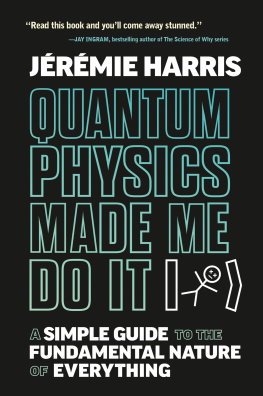
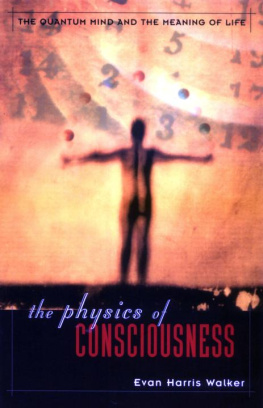
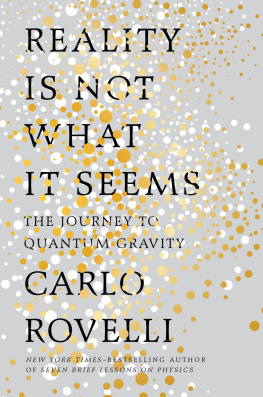
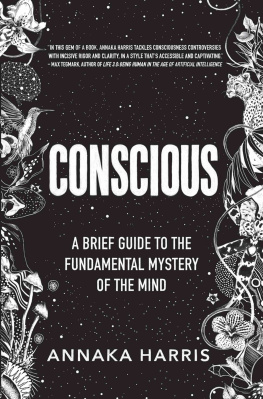
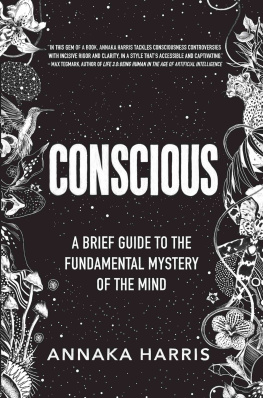
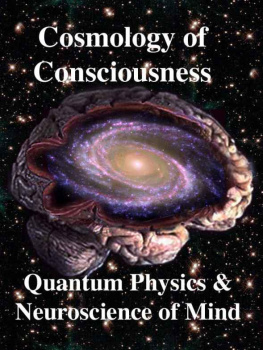
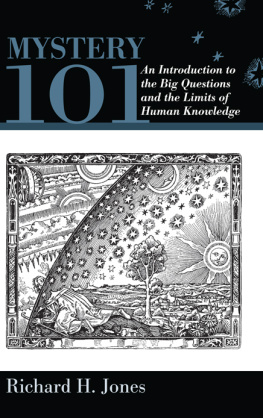

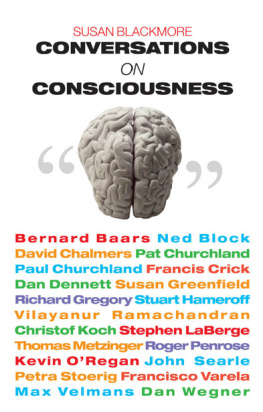
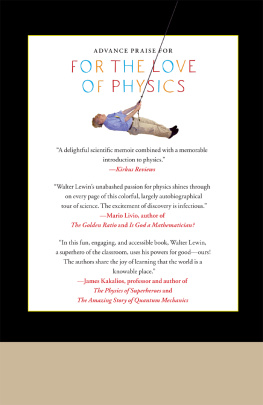
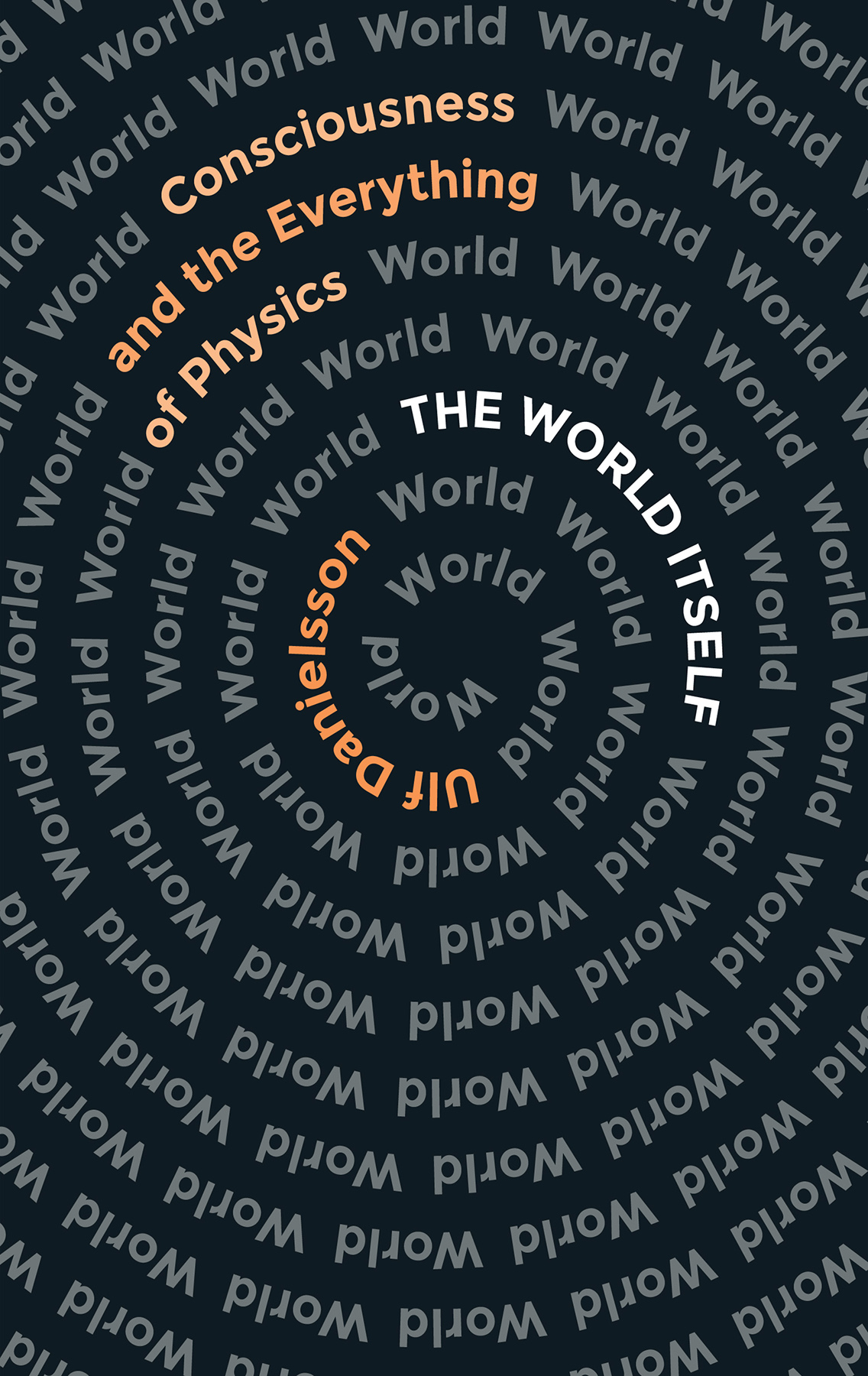

 This publication is made possible by the New York State Council on the Arts with the support of the Office of the Governor and the New York State Legislature
This publication is made possible by the New York State Council on the Arts with the support of the Office of the Governor and the New York State Legislature